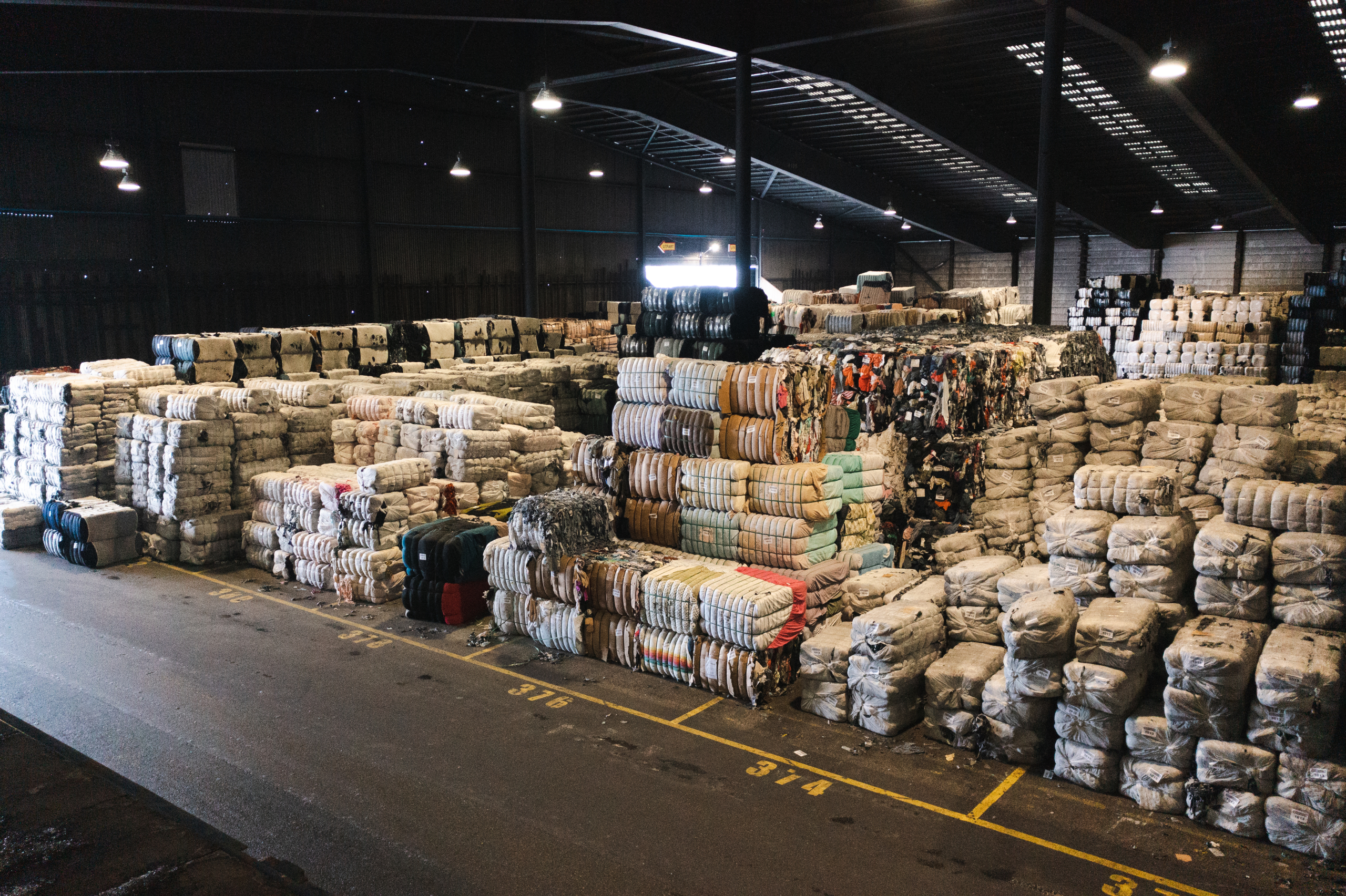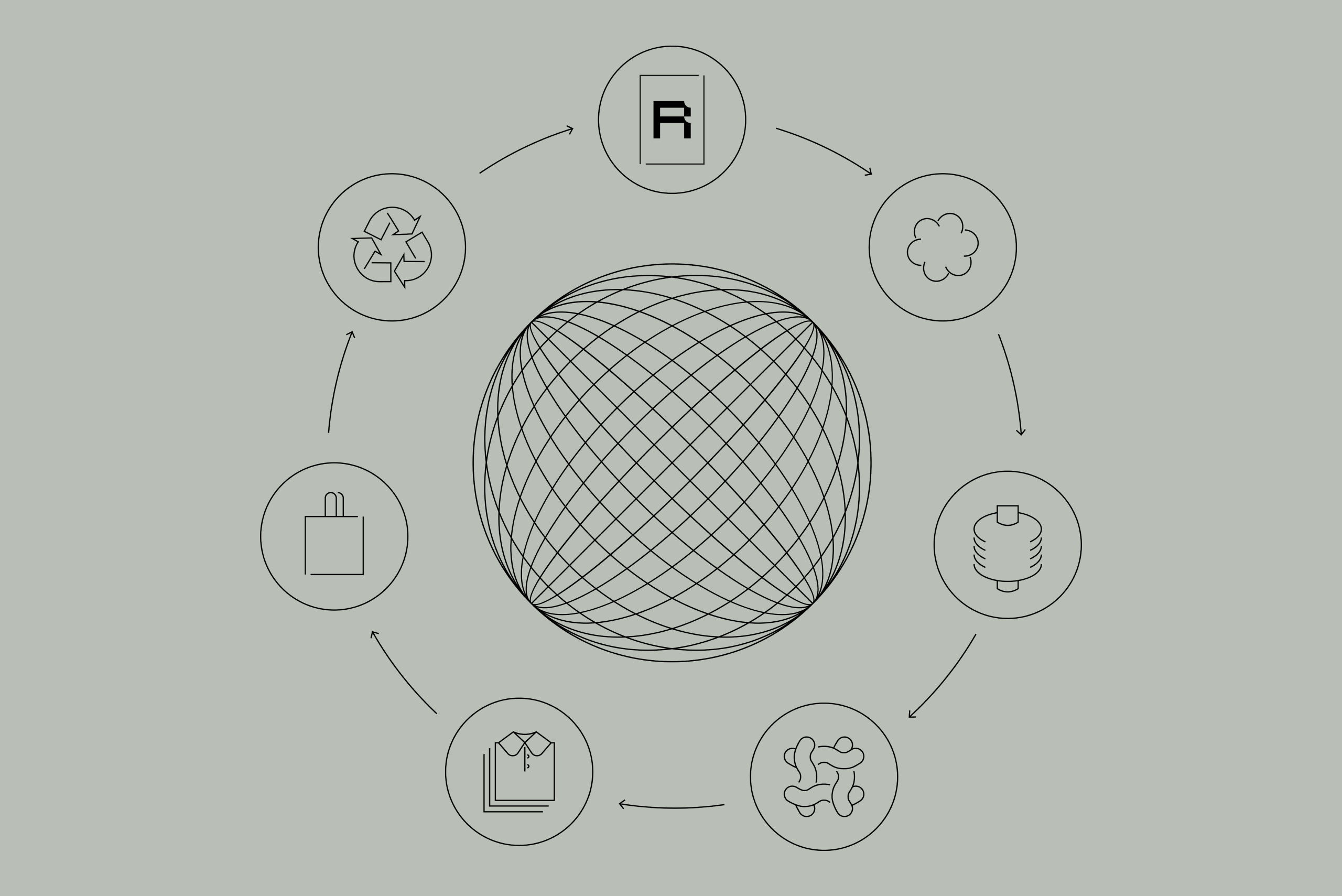
Fashion is hurting the planet
If the world’s population increases as expected, there will be 8.5 billion people by 2030. People are getting richer too, and as 1.7 billion people enter the global middle class over the coming years, demand for clothes will grow.
But producing even more apparel will have significant negative impact on land, wildlife, water supplies, CO2 emissions, plastic pollution and chemical use and cause even more waste. If trends hold, the world is on track to consume 160 million tonnes of textiles every year by 2030, with almost all of it ending up in oceans, landfills or incinerators. It’s just not sustainable. Something has to change.
Under pressure from a new generation of consumers, NGOs and politicians, brands are starting to act. Going sustainable is a question of survival for the industry now, and for all of humanity long term.

Let’s close the loop
Renewcell’s technology offers brands a single solution to two of the fashion industry’s major challenges: resource use and waste.
If one kilo of clothing is recycled instead of being produced from virgin cotton, oil or wood, it saves thousands of liters of water and decreases land use, waste, plastic pollution and emissions of both CO2 and chemicals. It helps brands deliver on their promises to reduce their negative impact.